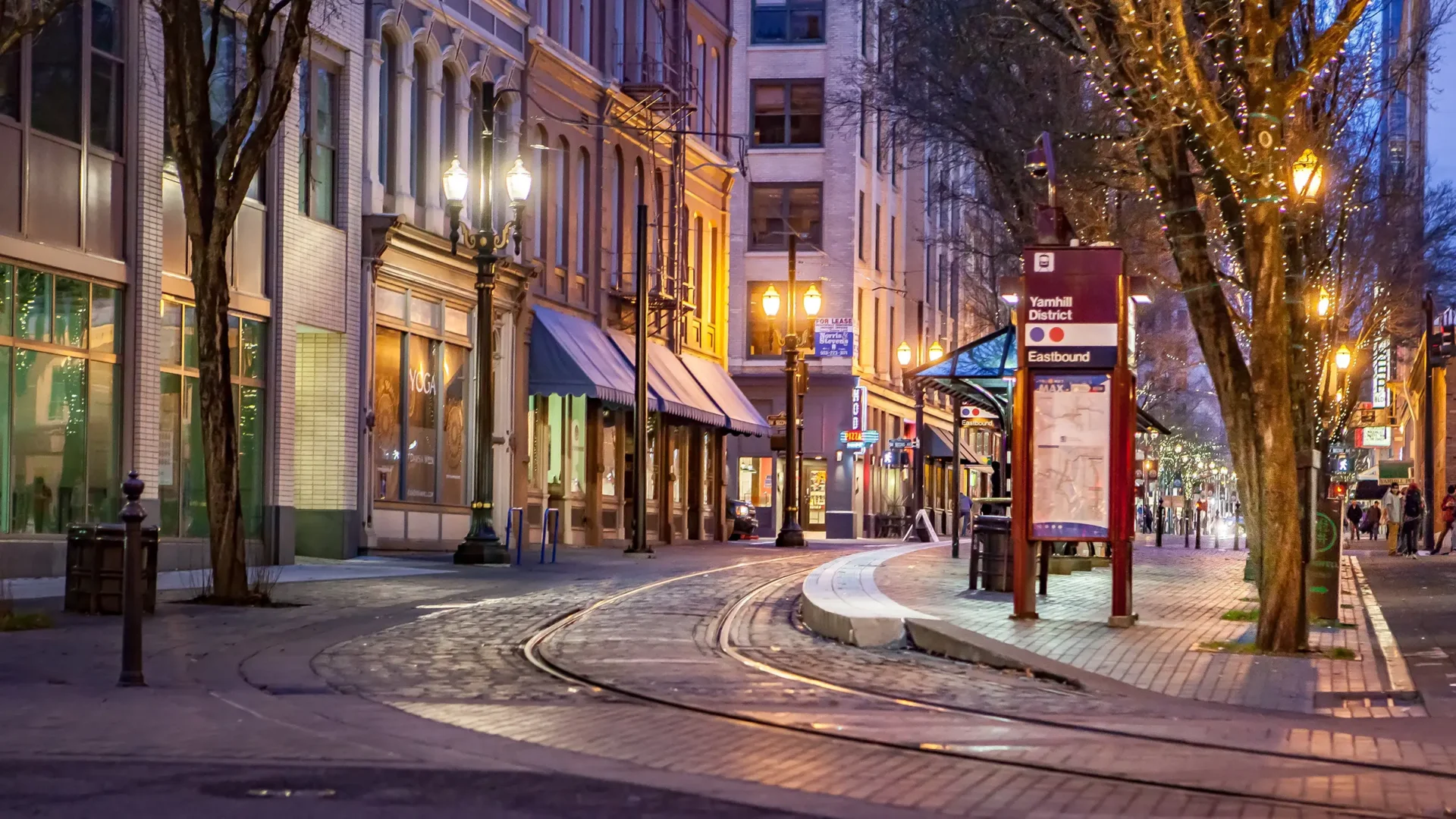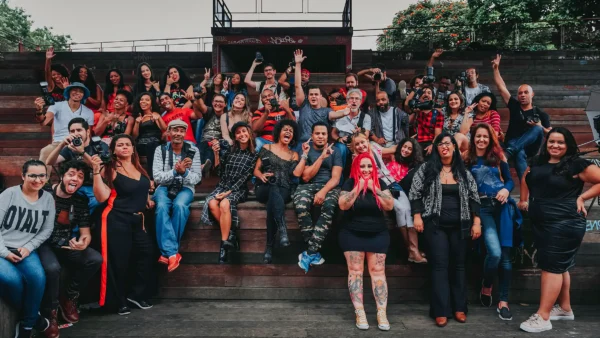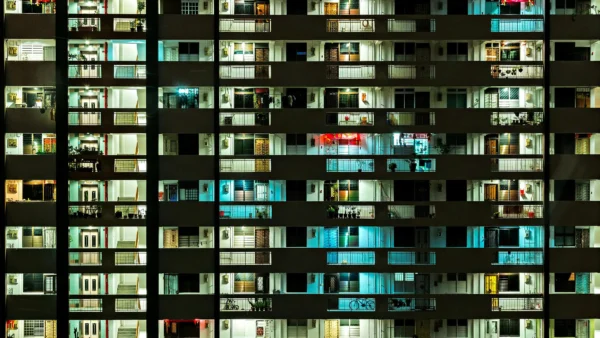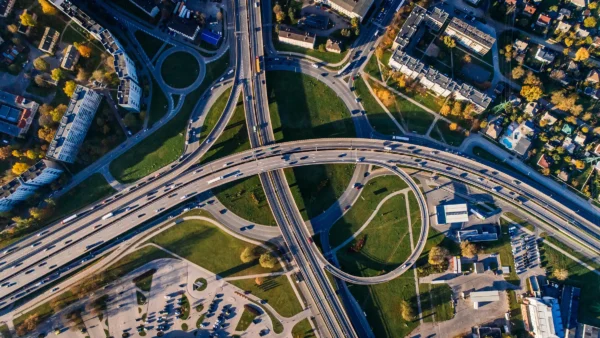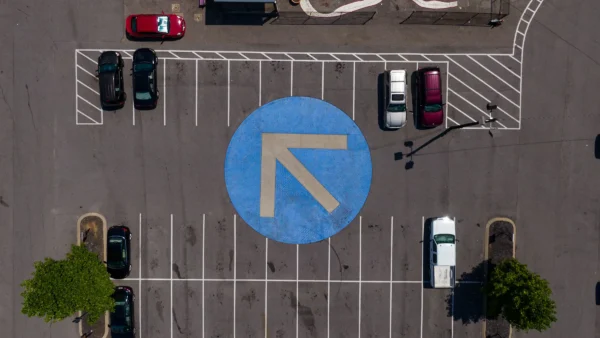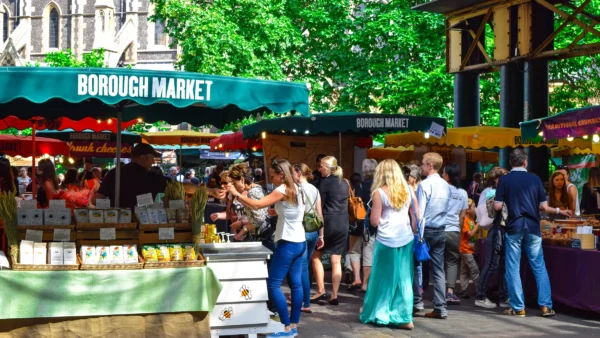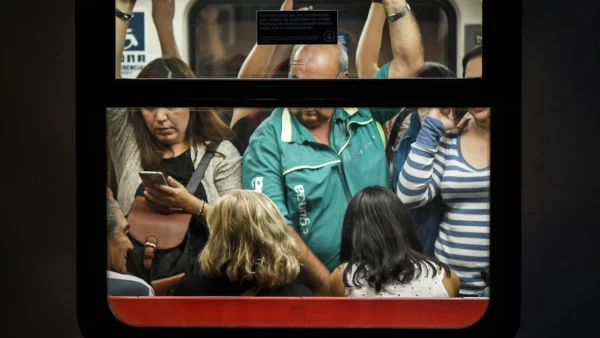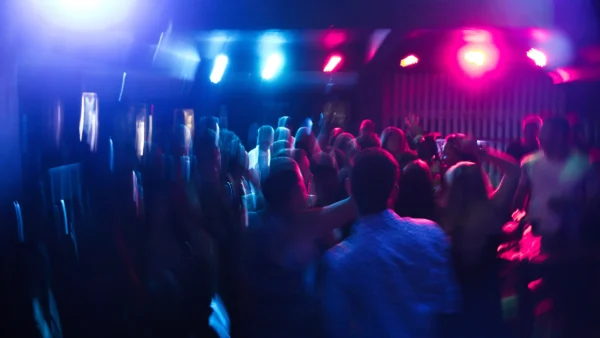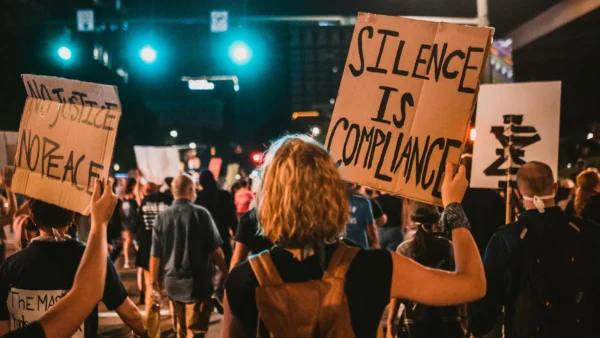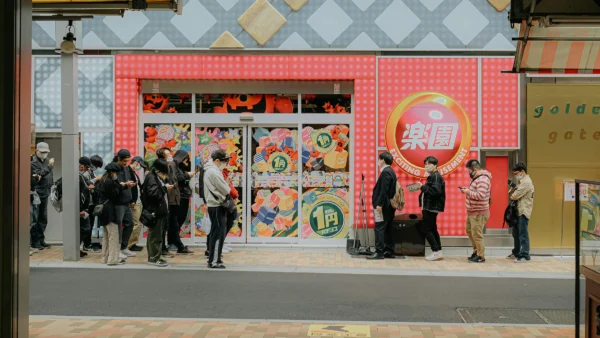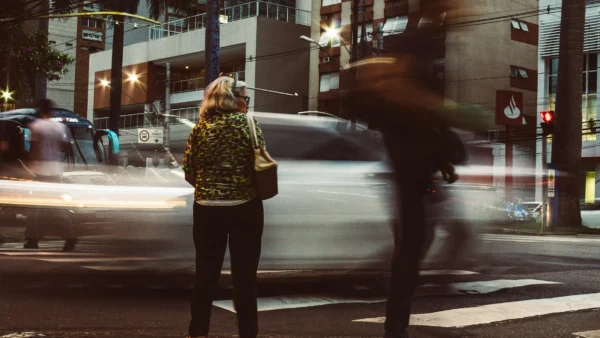Context
The physical spaces, ideas, and prevailing attitudes of a place and time affect experience design scenes.
The places where people interact with design objects can have a profound impact on their experience. When eating at a restaurant, the noise level can enhance or detract from intended experiences. Context isn’t limited to physical spaces. Within a specific context (time and place) attitudes and norms can all shift with different events and movements. Do not ignore the effects of the context that surrounds activities when implementing design objects, studying people, or considering a time and place to integrate a service.
People and the products, services, and systems they use exist in a setting—the physical environment and situations in which interactions take place. These external factors can profoundly impact people’s decision making and the ways design objects function. For example, bustles were in vogue in the mid-to-late 19th century. During this period, a woman was fashionable if she wore a bustle because bustles were the norm. Of course, bustles aren’t in fashion today. If someone were to go out in public wearing one today, they would look a little strange.
Different fashion styles are indicative of the setting in which they existed. People who lived in those settings didn’t get to choose what fashion was in style—the setting (in this case, norms) defined what was popular. Norms are just one way that setting can impact people and design objects. Let’s take a look at setting and better understand ways it can influence experiences.
Characteristics
Characteristics are a detailed inventory of anything in a setting. In a park, characteristics would include trees, fire ants, leaves on the ground, the time of day, the weather, and park benches. In order to design or research within a setting, designers must account for factors involved in the context. These factors set constraints. If there are no park benches in a park, then a design for a new park bench seat cushion would be pointless.
Dynamic
Contexts aren’t static—conditions within them change. Sometimes, these conditions are physical, such as weather-related conditions and noise levels. Conditions can also be intangible, such as political uprisings, celebrations, or a zombie attack. While contexts are comprised of things like people, resources, and non-human actors that interact within them, a context’s behavior can change, affecting all those inside the setting. To design outcomes that will effectively support activities in different conditions, designers must consider not just what a context is but also ways it can behave.
Factors in the Context Stack
